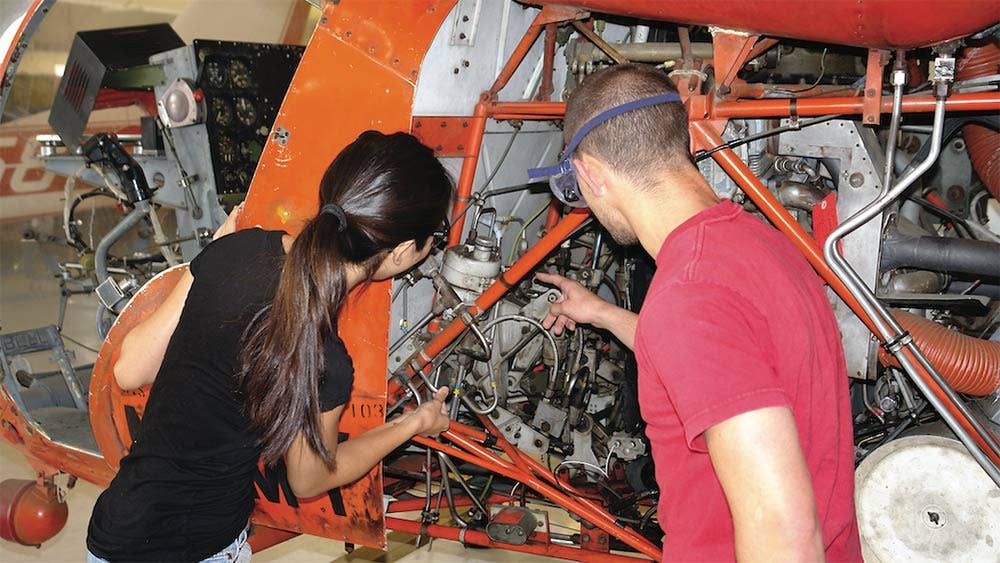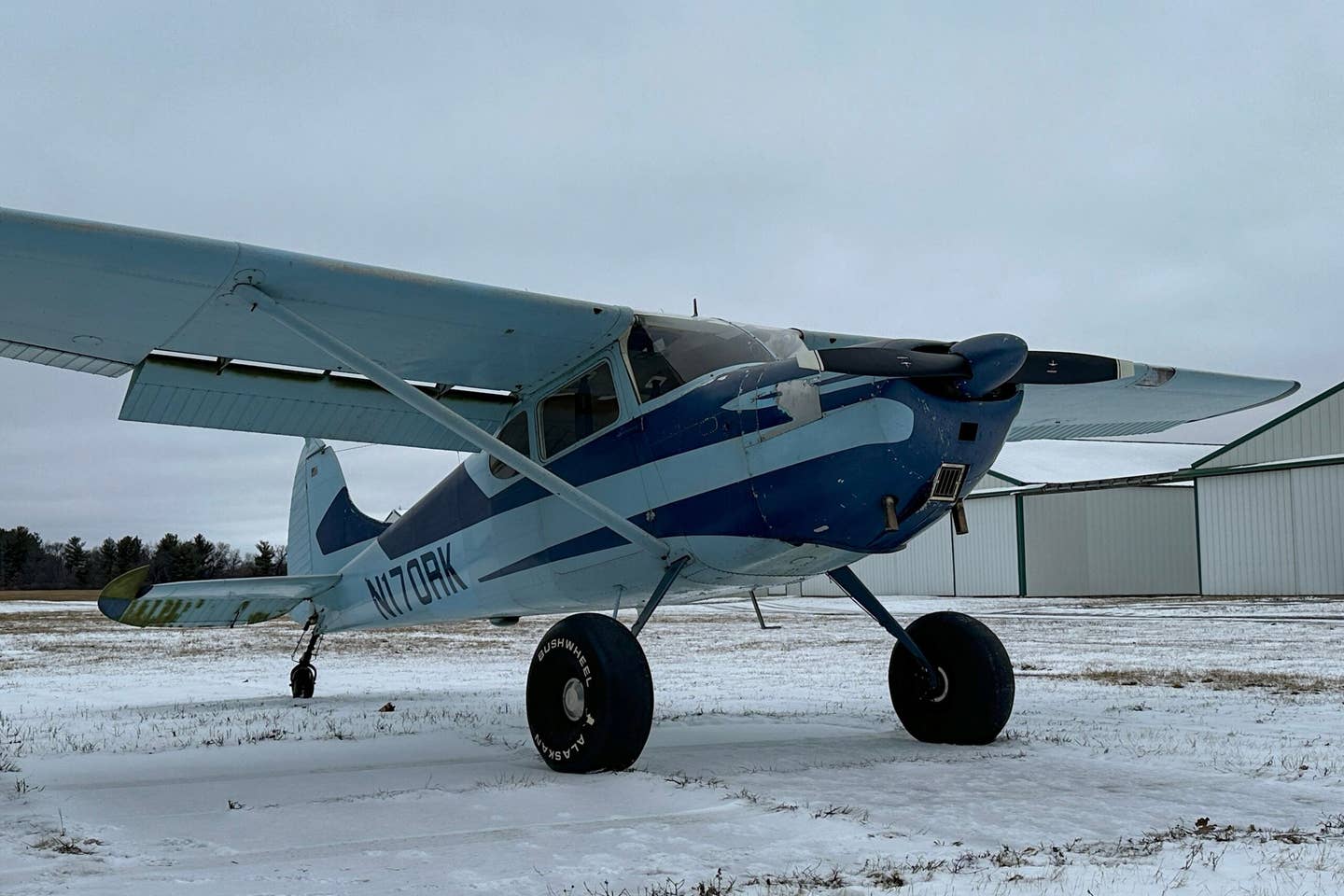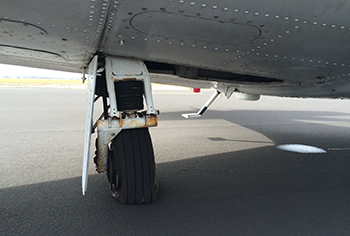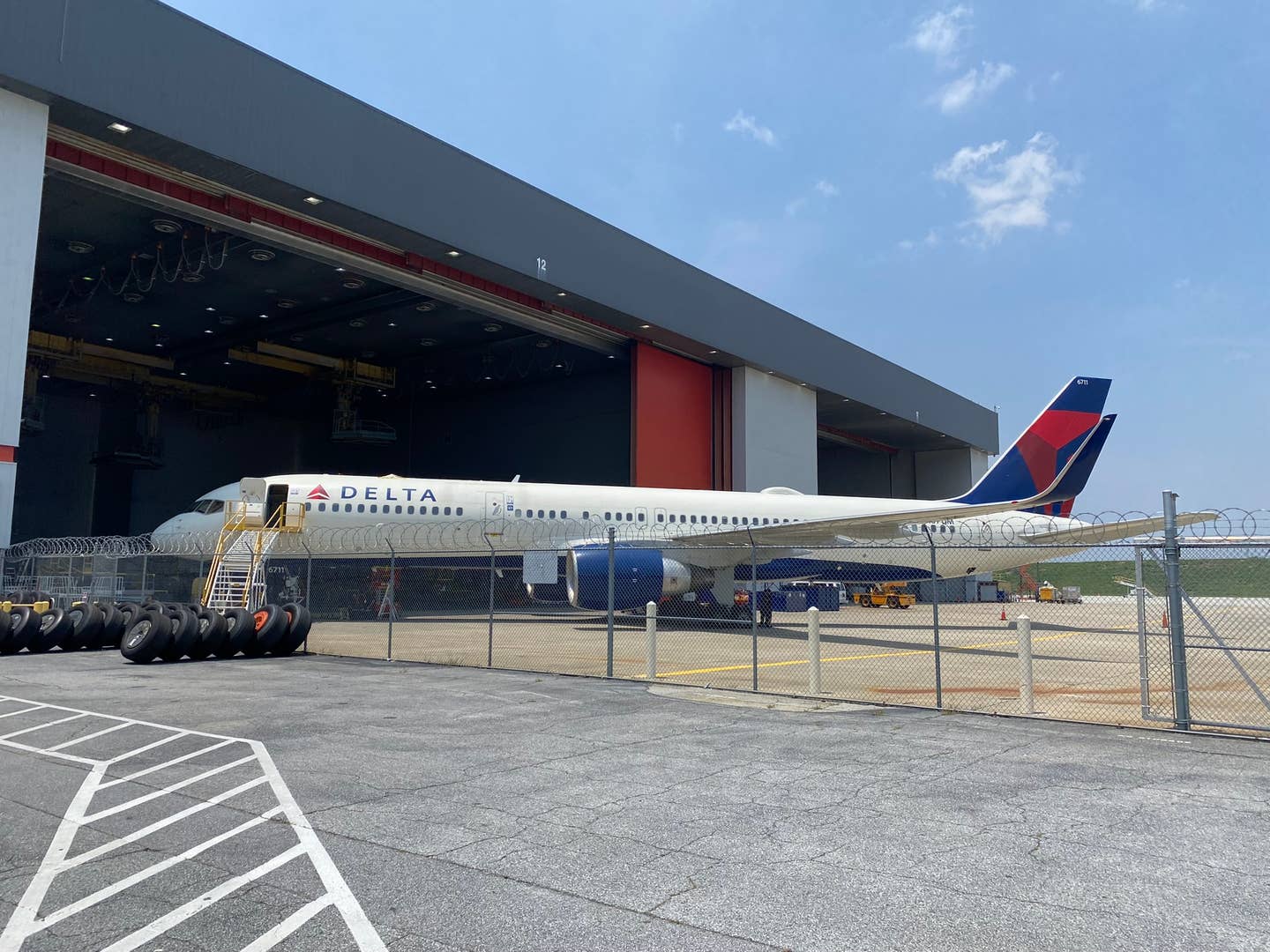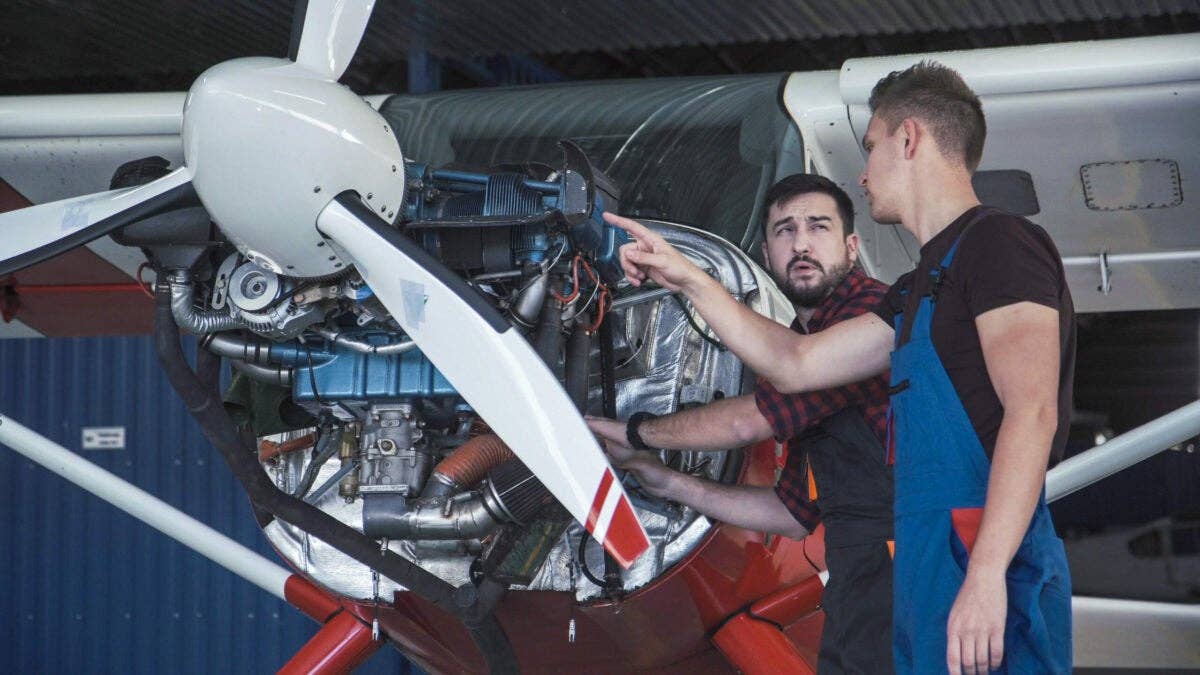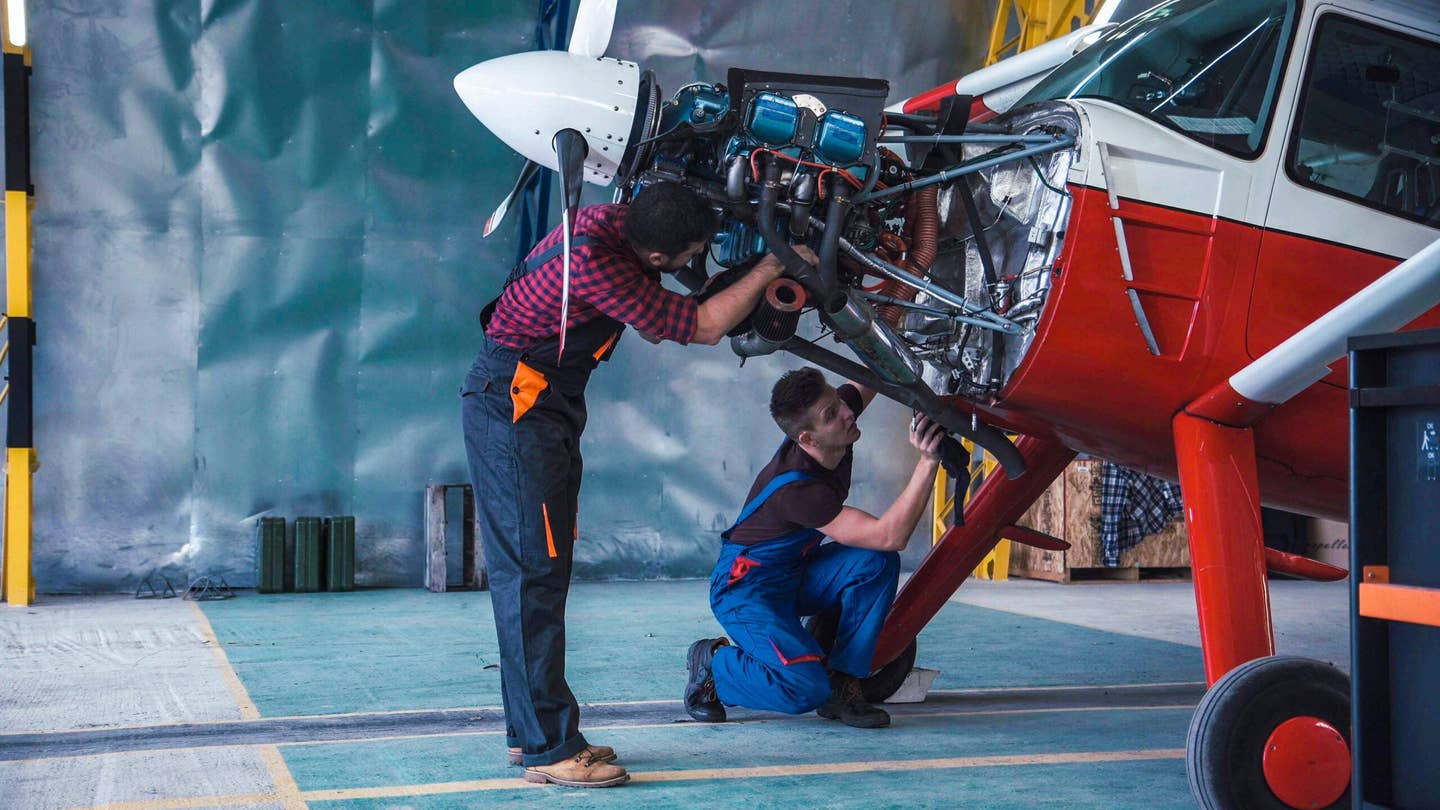Reciprocating Engine Oil 101
Oil types fall into three main types— straight mineral, ashless-dispersant, and synthetic— and all need to be changed regularly.
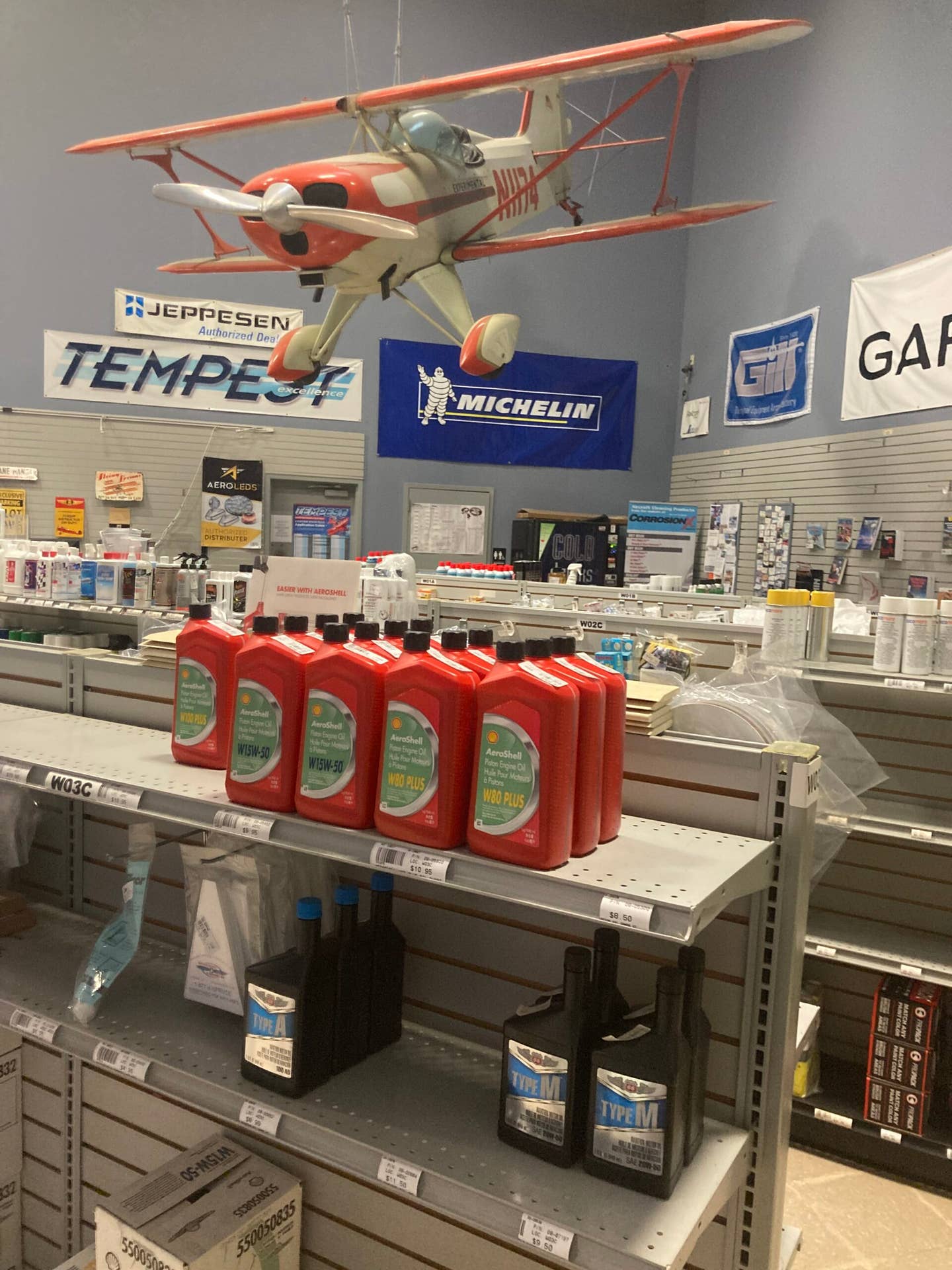
Oil types fall into three main types: straight mineral, ashless-dispersant, and synthetic. [Credit: Richard Scarbrough]
The rough concrete pressed into my cheek, leaving small indentations and tiny shards embedded in my skin. I smelled burnt oil, axle grease, and lord only knows what else that lived in the undercarriage of a 1977 Ford Thunderbird. A voice resonated in my head, a constant loop saying, “righty-tighty, and it better not back out.” How the hell could I screw this up.
Maneuvering around the shallow metal pan that held the spent motor oil freshly drained from the oil pan, I positioned the ⅜ drive ratchet hoping not to drop it into the dark, murky abyss. “Right to tighten, don’t let it come loose, get her snug,” my dad’s voice echoed in my brain. The 7/16 socket slipped onto the drain plug, and I felt it turn.
Footsteps, then a loud bang from a clenched fist on the black metal fender. “All set,” he began “is it tight?”
“Sort of,” I replied.
My father blinked a few times, leaned closer to his 9-year-old son, and repeated, “sort of?”
“Well, I worked hard and got it tight, but then it started getting loose again, and now it sort of spins.” I managed to say.
The next words he uttered—the ones I am allowed to publish— were, “get cleaned up; we are going to NAPA.”
And thus, my mechanic career began.
The Basics
I am about to dispense some knowledge you have come to know and love. Lean in close, and listen with your ears when I tell you: change your oil.
By now, you’ve probably abandoned at least some of your New Year’s resolutions. So what if you won’t complete a marathon, patent revolutionary AI technology, or pen the next great American novel, there is one you can still keep. You guessed it. Change your oil!
You know the drill. Let’s check in with the Federales and see what they say about lubrication for reciprocating engines. The Code of Federal Regulations (CFR) Title 14 Chapter I Subchapter C Part 33 Subpart C § 33.39 Lubrication system is a great place to begin our journey. This CFR addresses several key points, including lubrication levels to operate effectively, cooling the lubricant, and atmosphere venting.
How you catalog your reference points and resources is your business, but use some structure so you can get there quickly. Advisory Circular AC No: 20-24C, Approval of Propulsion Fuels and Lubricating Oils, is a great place to bookmark to your digital toolbox. You will find the horizontally opposed reciprocating engines information in Appendix 1 on page 18.
Application
I recently started a new project at my day job, which involves working with our engineering team on particular circumstances related to shop orders. My primary task is to standardize the process and establish a work standard, also known as a standard operating procedure (SOP). Interviewing my engineering point of contact (POC), I inquired about the labor hours needed to return the units to service. His reply? It depends.
Our discussion today on reciprocating engine oil follows the same logic as above. What engine oil should one run? Well, it depends. We can break down the oil types into three main types: 1) straight mineral, 2) ashless-dispersant, and 3) synthetic.
Straight mineral oil is typically reserved for cylinder break-in after a major engine overhaul or new cylinder replacement. Lycoming Tips from the Hangar discusses using mineral oil to break in new cylinders. The question posed was, how does one know when the engine is broken in after maintenance? The answer is, after oil consumption stabilizes.
Ashless-dispersant oil is the industry standard for normal operations. Phillips 66, in their description of Type A engine oil, explains ashless-dispersant “formulation helps minimize the formation of engine sludge, varnish, piston deposits, and combustion chamber deposits.” This category serves most standard flight operations and is common among numerous powerplants.
The latest and greatest technology is synthetic engine oil. This stuff is straight out of Buck Rogers.
Let’s get with the folks at Lycoming Engines and see what they say about engine oil. Do you have a basic understanding of oil screens, filters, coolers, and pressure relief? Lycoming wants to ensure you do, so they published Understanding Oil Flow to roll out this intel. Alright, my pilot friends, listen up. Is it true that the only things you care about concerning oil are temp and pressure indications? I think not. If you are reading my column, then I wager you care a great deal more about your oil system than just what the gauges say. If what I say is true, hit that hyperlink and prepare to learn.
Another resource distributed by the engine maker in Williamsport is Oil and Your Engine, three pages of pure aviation maintenance bliss. How often should you change your oil and filter? This entry from Lycoming’s Knowledge Base recommends every 50 hours. I have seen some change their oil at 25 hours, and I can confidently tell you that they had cleaner engines at overhaul time. Some entities push it to 100 hours or more. While I will not name names, you probably already know who they are. “I didn’t know we had crop dusters operating on this airfield.” Ha. “We don’t.”
The Lyoming Knowledge Base offers factory-based advice to aircraft owners, operators, and maintainers. Again, these are only recommendations, but they are good ones. Who better to provide advice on maintaining your engine than those who built it? I would also stick close to your local A&P or engine shop to get their take.
Lycoming also updates its Service Instruction (SI) library, many of which offer instructions on oil systems, lubrication, and break-in instructions. Service Instruction No. 1427C Lycoming Reciprocating Engine BreakIn and Oil Consumption is an excellent resource.
Products
Now that we are all schooled up on maintaining oil systems, what products are available to obtain? Back to Lycoming Engines to check out SI1014N Lubricating Oil Recommendations. Lycoming provides a valuable guide concerning ambient temperatures as well.
To avoid trying to sway you, I was once in sales but now defer to the journalist credo. I will allow the manufacturers to tell you in their own words.
Here is what you need to know:
Shell Global has AeroShell Aviation Lubricants, one of the most recognized brands in aviation. The AeroShell book contains a whole fleet of technical specifications and guidance on product applications in an easy-to-use and convenient format. The book is an excellent resource from a legacy brand of aviation lubricant.
Another long-term provider of reciprocating engine oil is Phillips 66. Don’t click the “Find the Right Oil” button in the right-hand corner. It does not cover aviation.
Exxon Mobil’s Other aviation lubricants page has some good intel. It is worth a look.
RAM Aircraft, LP is a well-known dealer, store, and overhaul facility. They publish maintenance tips for piston engine aircraft, including oil recommendations. Remember our discussion earlier on the frequency of oil changes? RAM recommends, “every 50 hours or four months, whichever occurs first. More frequent oil changes are encouraged.” That sounds like sound advice to me, folks.
No shopping trip is complete without a stop by Aircraft Spruce & Specialty Co. and check out what adorns their shelves.
Make sure to go back and bookmark these reference links. This intel should give you a baseline understanding to get you started down the runway.

Sign-up for newsletters & special offers!
Get the latest FLYING stories & special offers delivered directly to your inbox

